The Buzludzha Monument near Veliko Tarnovo in Bulgaria was added to the 7 Most Endangered heritage sites in Europe in 2018, following a nomination made by the Buzludzha Project Foundation.
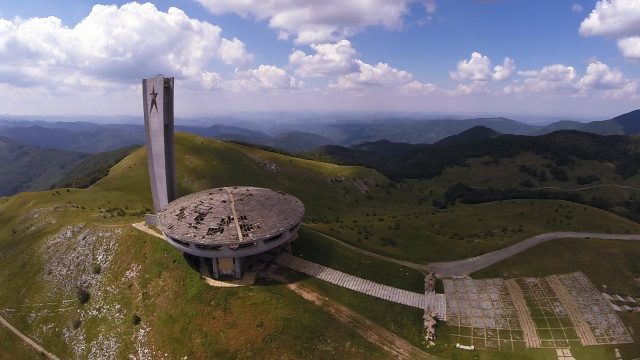
The Buzludzha Monument is a masterpiece of architecture, engineering and art. This unique structure was built in 1981 as the House-Monument of the Bulgarian Communist Party. The structure was used for just 8 years until the end of the Communist regime in Bulgaria in 1989. Soon after the end of the regime, the Buzludzha Monument was abandoned and has since fallen victim to thefts, vandalism and severe weather conditions.
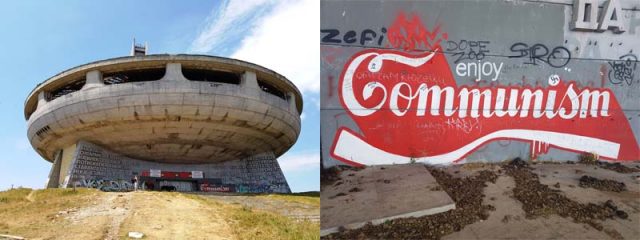
The building still attracts attention thanks to its gravity-defying architecture and its colourful mosaics which cover 1,000m² of the building’s interior. Its spherical body which resembles a UFO with dimensions 60m across with 20m overhangs. The sphere was supposed to symbolise a wreath commemorating the historical events which happened there, while the 70m tower represents a flag, decorated with the world’s largest illuminated stars. A total of 70,000 tons of concrete, 3,000 tons of reinforced steel and 40 tons of gilded glass were used. Today despite efforts to preserve the building, it is still crumbling and highly endangered. However, its recovery is still possible.
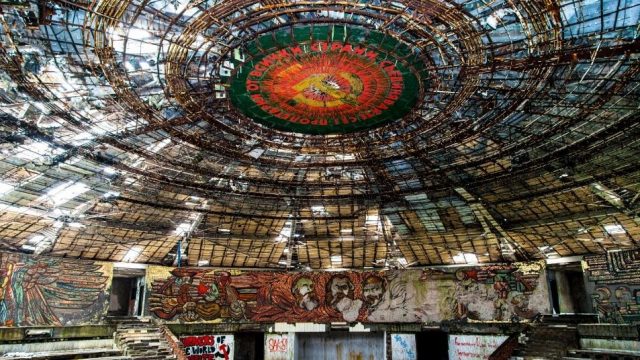
The monument’s mosaics cover more than 1,000 square meters of space and communicate the history of the Bulgarian Communist Party in imagery that echoes the Socialist-Realist style. The mosaics inside were constructed with cobalt glass while the mosaics on the outer ring of the monument were built with natural stones gathered from various rivers across Bulgaria. Today the ostentatious finish of its Brutalist architecture, heavy iconography and colourful mosaics has decayed, however, the building attracts increasing attention with its dramatic history, its striking architecture and the vision it affords of deteriorated extravagance.
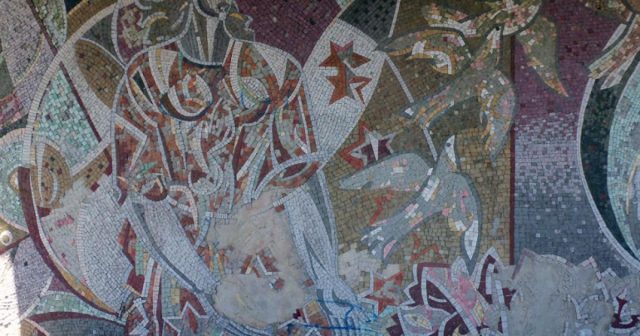
The monument is situated on Mount Hadji Dimitar (1441 meters) in Stara Planina, northeast of the town of Shipka and relatively near Veliko Tarnovo at just about 50-60 km away. It should be mentioned that until 1942 the name of the peak was Buzludzha. The monument can be reached by two side roads from the Shipka Pass: either a 16 km road from Kazanlak in the south or a 12 km road from Gabrovo on the north side of the mountain. So if you ever find yourself in the Veliko Tarnovo area with the need for some adventure, taking a trip to this unique “UFO” monument will surely please the adventurer in you.

The unique architecture of the monument as well as it’s interesting history has attracted some foreign attention to it. For example, the band Kensington filmed the video clip for their song Riddles on the monument. Another video clip, this time by the Finnish rock band Haloo Helsinki! was shot for their single “Vihaan kyllästynyt.” The experimental American band Algiers filmed the music video for the single “Irony. Utility. Pretext.” from their eponymous album inside the monument in 2015. The monument has even played a key role in the 2016 film Mechanic: Resurrection.
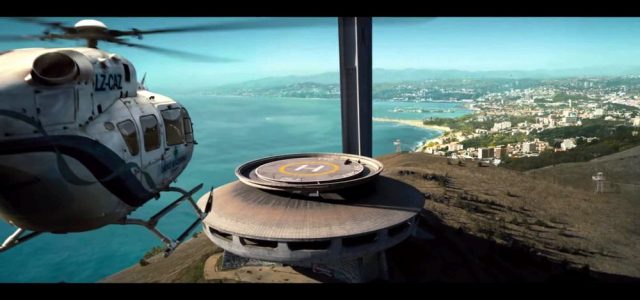
During the inspection of the monument by the experts from Europa Nostra, the experts were amazed by its striking and outstanding modern architecture which is of European value and were shocked by its derelict condition. The delegates were impressed by the creativity and the skills used to create the monument, namely the craftsmanship for the mosaics and marble, and its beautiful natural setting. Their opinion is that the monument should be preserved and used for cultural and educational activities and that it should become a place for gathering and events related to history and art. They have proposed that conservation work to stabilise the building and the preparation of the monument for sustainable tourism are the most viable long-term solutions for the monument’s survival.
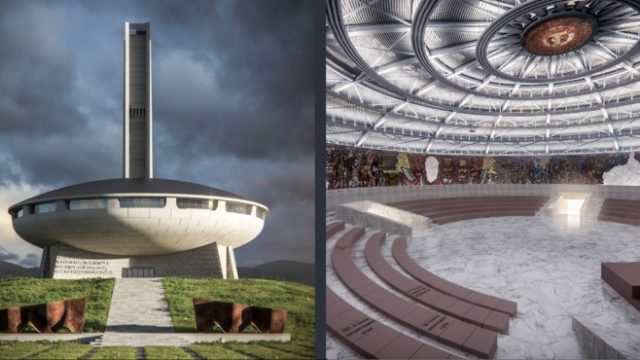
But enough about the monument, let us talk a bit about the program which will help save it – The 7 Most Endangered. It identifies the most threatened monuments, sites and landscapes in Europe and mobilises public and private partners at all levels to find a viable future for these heritage gems.‘The 7 Most Endangered’ programme was launched in 2013 by Europa Nostra. Every two years, a new list of 7 Most Endangered heritage sites in Europe is published. Multidisciplinary teams of heritage and financial experts undertake rescue missions to the selected sites and help formulate a feasible action plan for each of them.

The organization itself was founded on 29 November 1963 in Paris. For over 50 years Europa Nostra has celebrated, protected and lobbied for cultural heritage all over Europe. Today, Europa Nostra is recognised as the most representative heritage organisation in Europe with members from over 40 countries. Europa Nostra also contributes to the formulation and implementation of European policies and strategies related to heritage, runs campaigns to save threatened heritage sites through the 7 Most Endangered programme, and celebrates excellence through the EU Prize for Cultural Heritage / Europa Nostra Awards. Each year the organization holds a major European Heritage Congress in a different city, issues publications dedicated to key heritage topics, has partnerships with various organisations and offers Heritage Tours to fascinating sites across the continent.
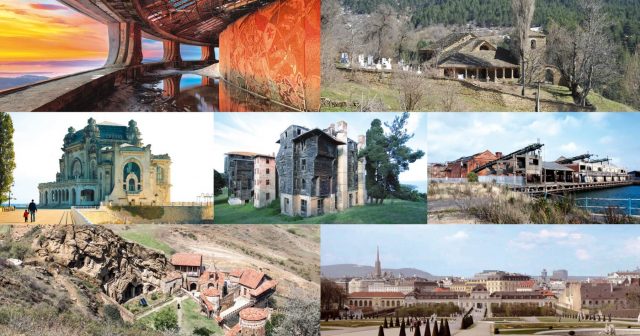
In the picture above, you see all of the 7 Most Endangered monuments for 2018, can you name some of them? These are all cultural monuments with great historic value which have unfortunately been forgotten over time. Europa Nostra will be giving all of them a chance for a new life.

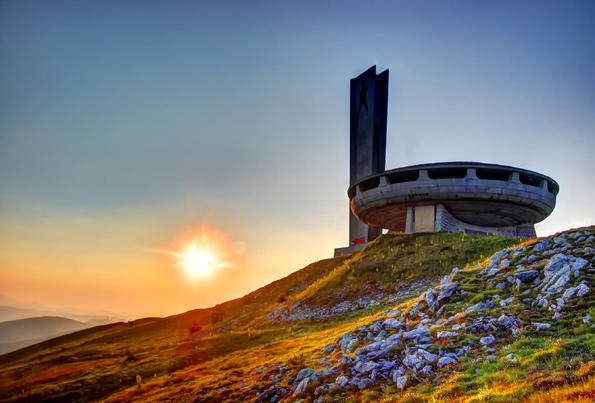
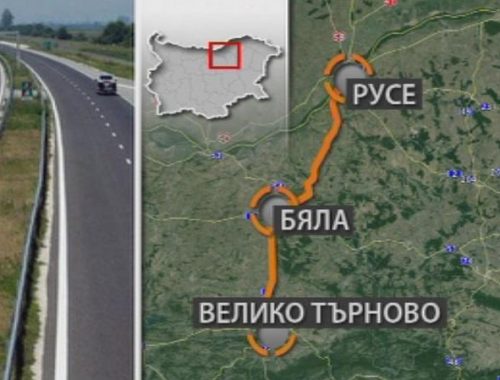

No Comments